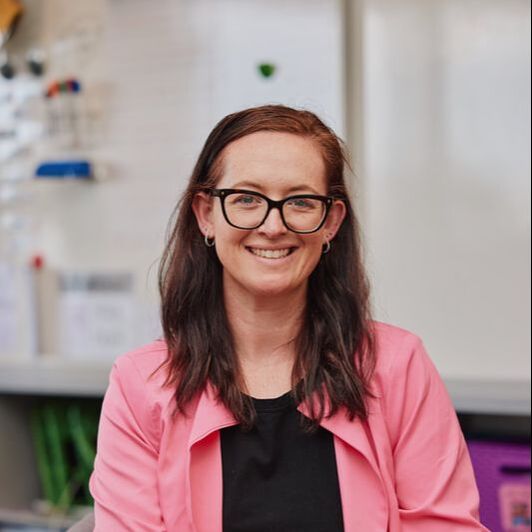|
In 2021, I created these decodable book creator readers that practice reading, writing, saying, decoding and encoding key sounds for structured literacy. These are free to access and kids love being able to use them on the ipads in their literacy time. These are available as links here but, I have been asked to share the little posters I made also - so find them as a download below!
3 Comments
The top 5 freebies for 2023! Download these as one download or shop individually!
Come back to this monthly or even at key checkpoints over the year to reflect on how you are going. Was your goal/s realistic? Have you smashed them? Where to next? Then continue to set attainable goals to reach that big main goal in mind! Download this freebie below to use to start your goal setting!
Come back to this monthly or even at key checkpoints over the year to reflect on how you are going. Was your goal/s realistic? Have you smashed them? Where to next? Then continue to set attainable goals to reach that big main goal in mind! Download this freebie below to use to start your goal setting!
In particular, the launch of Planning Course Academy, Model For Me and many other online courses and guides were a massive achievement! These have enrolled over 200 students across the world targeting a wide range of learning areas for teachers to upskill in.
Creating these has been a dream come true! Sharing more of my learning, teaching and practice for others to take back into their classrooms for themselves. Something I have been working towards since I first started Mrs Priestley ICT! This year, I launched Planning Course Academy™️ - an online course unpacking all things planning for teachers who are looking to build their competence & confidence with planning. This has been an absolute joy to create and there has been some amazing planning progress for teachers across the globe! It will help you:
✔️ Understand what planning is & what makes it up✔️ Build insight into what informs planning ✔️ Hear tips & tricks from my classroom practice that I use every day to help your planning ✔️ Access to Planning Course Academy™ to take your planning learning further! The freebie webinar is available any time so if you're looking to delve into planning support, this is perfect for you!
2. Next is the modelling of the activity. This is the main chunk of the learning and teaching; involving a gradual release of control model.
I do, we do and you do. 3. Follow up - something that is done to reinforce learning from the session. It could be a game, activity, worksheet or other. Download these below! If you have any maths questions remember to please get in contact! Email me on info@mrspriestleyict.com.
Ready for more?
Don't want to miss out on all the tips & tricks? Subscribe below!
Are you looking for a tool to SUPPORT learning? Are you looking for a way to ENGAGE students in learning? Are you looking for a way to make learning VISIBLE? Then use modelling books to enhance learning, provide discussion support & model the strategies or learning for students. So I created Model For Me - the mini course. A short, sharp look into modelling books, examples from my practice, my top 5 tips for setting them up & everything modelling books in between! Such an easy way to learn about something new & build confidence for your classroom practice. I even touch on digital modelling books which is great for those teachers looking to make more of a digital modelling book shift! Click over to have a look & hear more!
These QR code fact files are a great way to bring QR codes and facts together in your classroom. Use these to front load information, find facts or just to include in your classroom programme. I have three QR code fact files already - all free to download and use in your classroom! Find them below!
So I went to the shops and grabbed some different types of balls to go in my ball pit - being a plastic container box. How does it work? Students use the recording sheet alongside the box and can play either by themselves or with a buddy. They take turns picking out a ball, saying the word that is on it and then writing it down on the recording sheet. Students would leave that ball they picked out of the box so students can pick it again. Another way they could play is with the buddy, once they have picked out the balls to swap recording sheets. Students could then ask each other how to spell a word that was picked out! Lots of great fun using this resource and I can't wait to get this going in word work time!
|
AuthorMrs Priestley ICT blog is a place to read, download and view ideas! Archives
February 2024
Categories
All
|
||||||||||||||||||||||||||||||||||||||||||||||||||||||||||||||||||

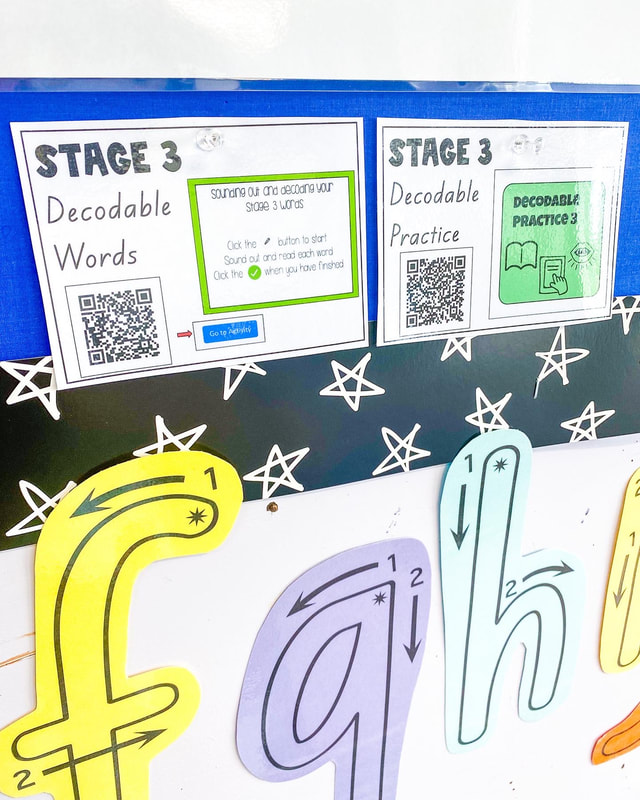
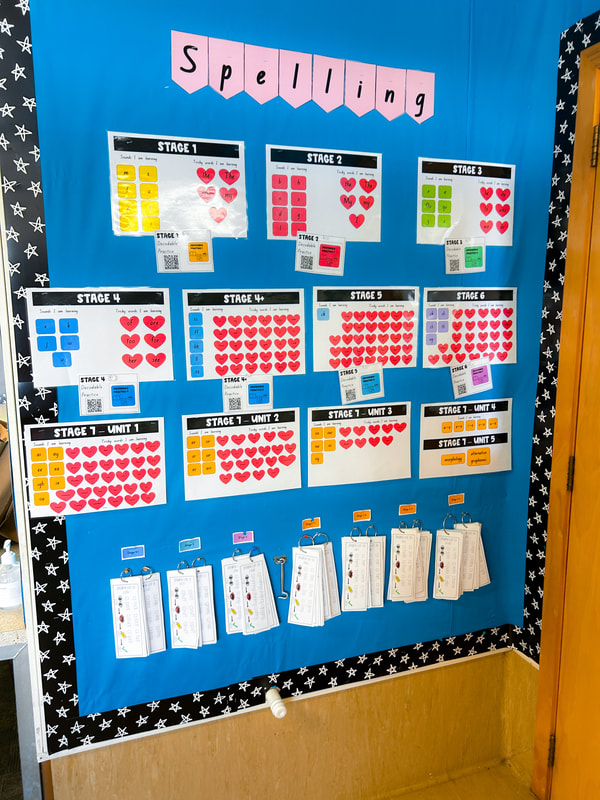
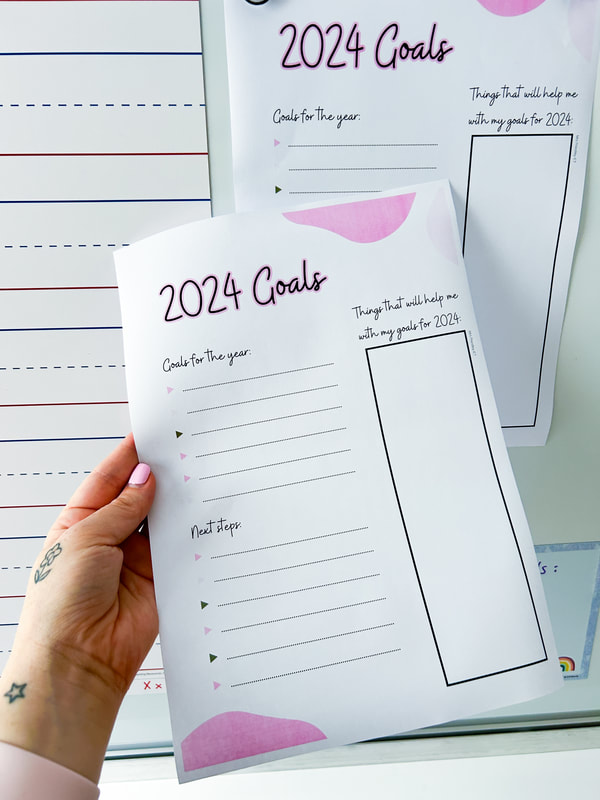
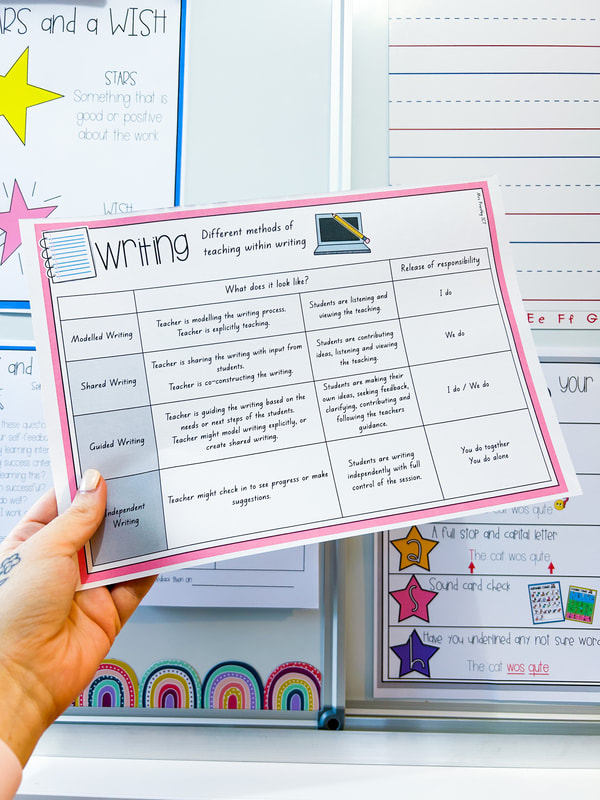
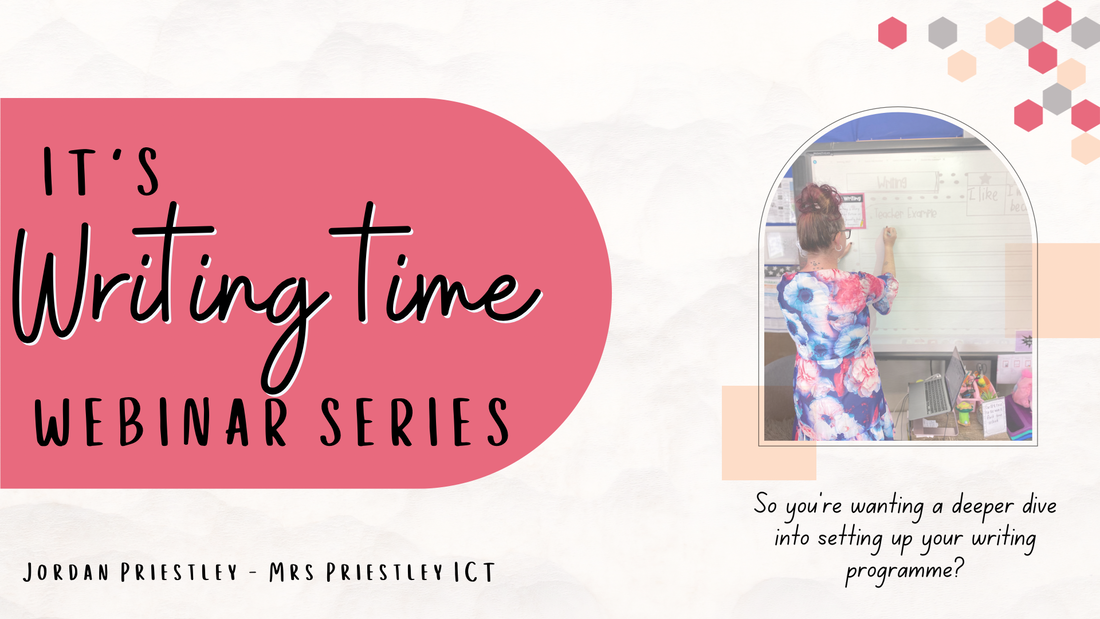

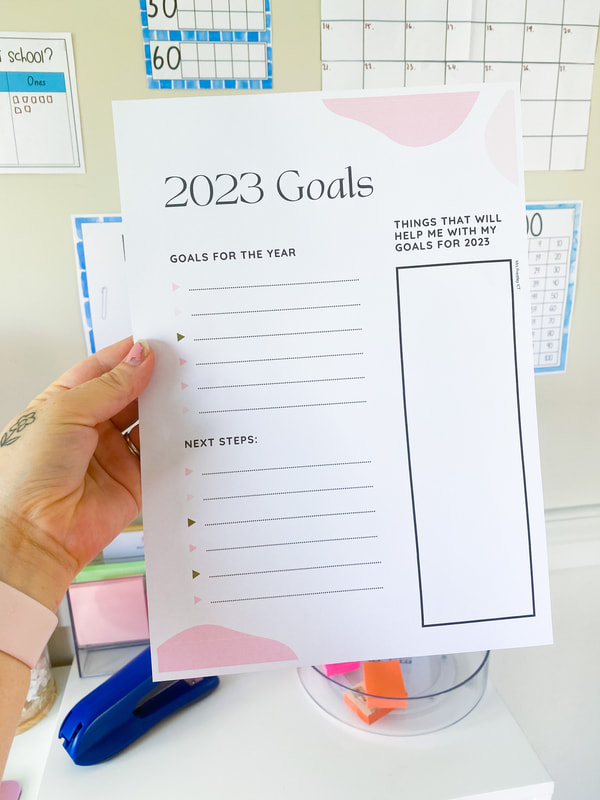
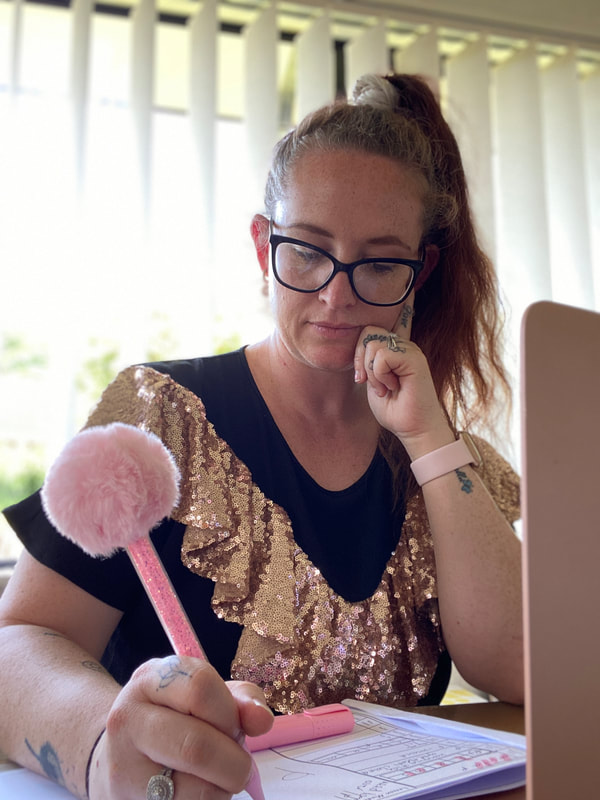
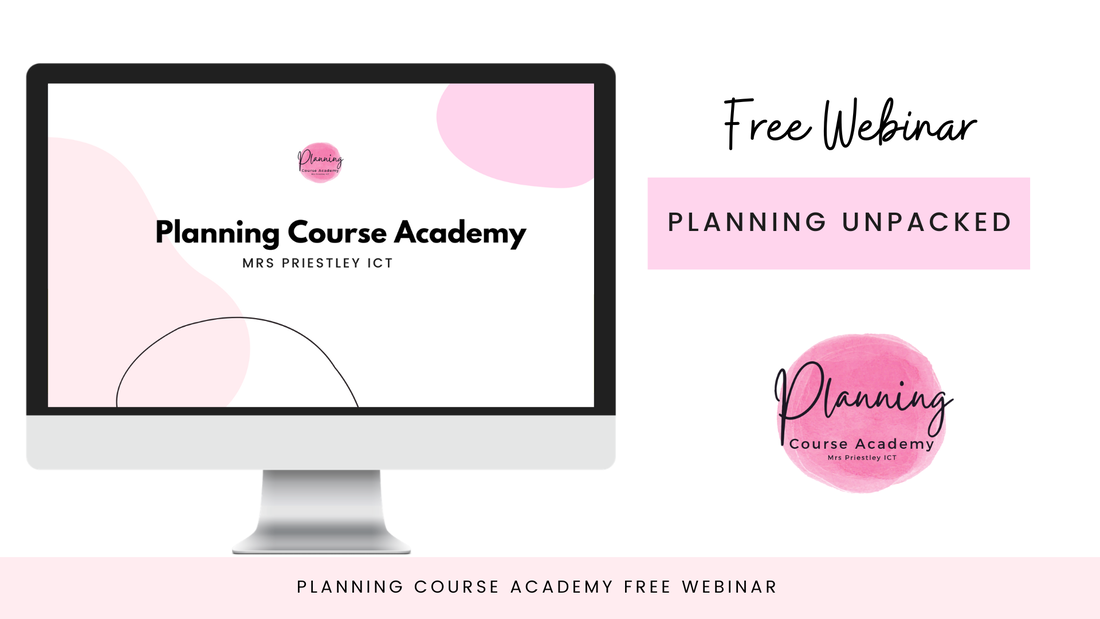
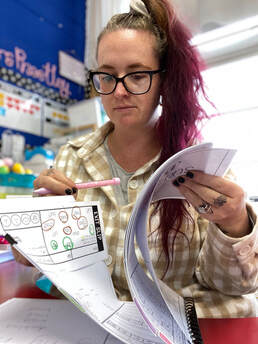

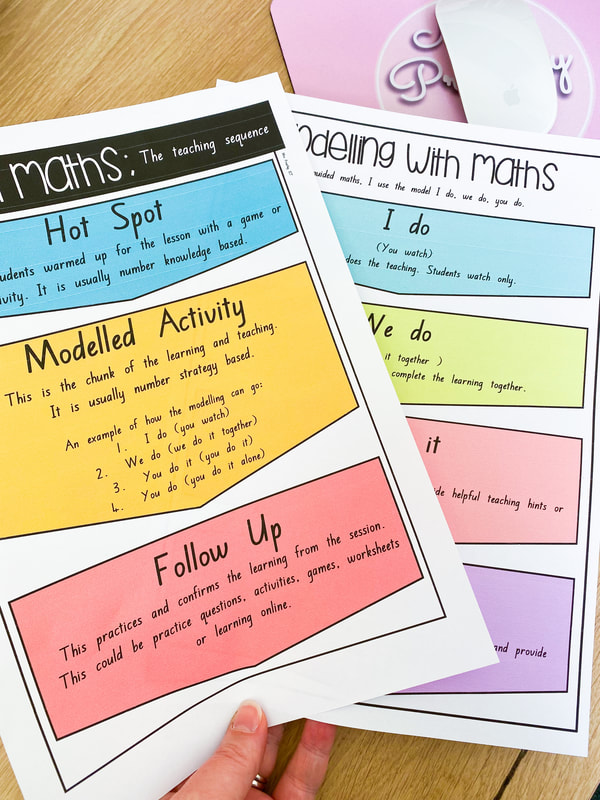
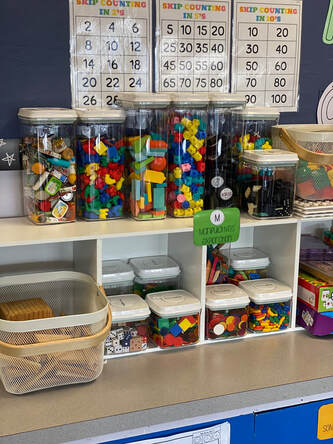
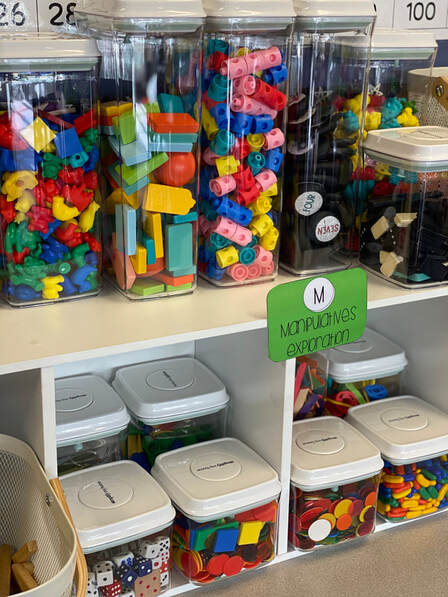
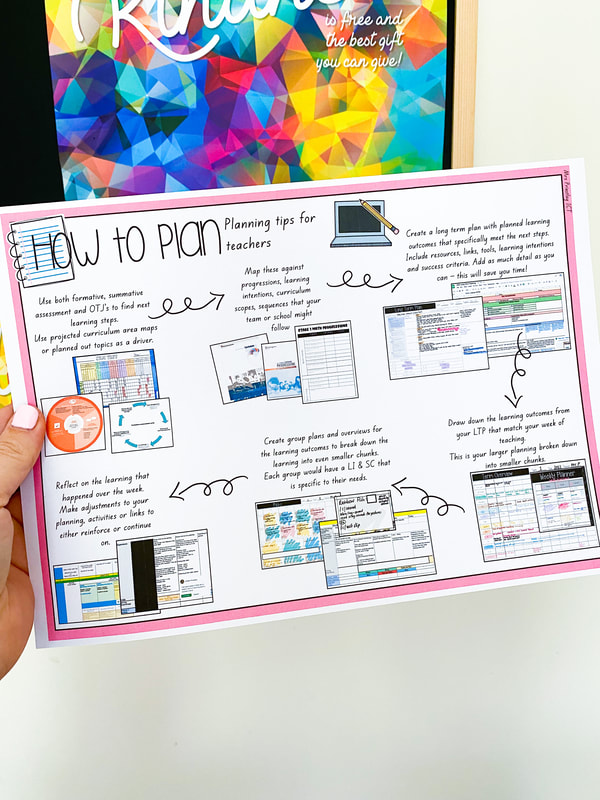
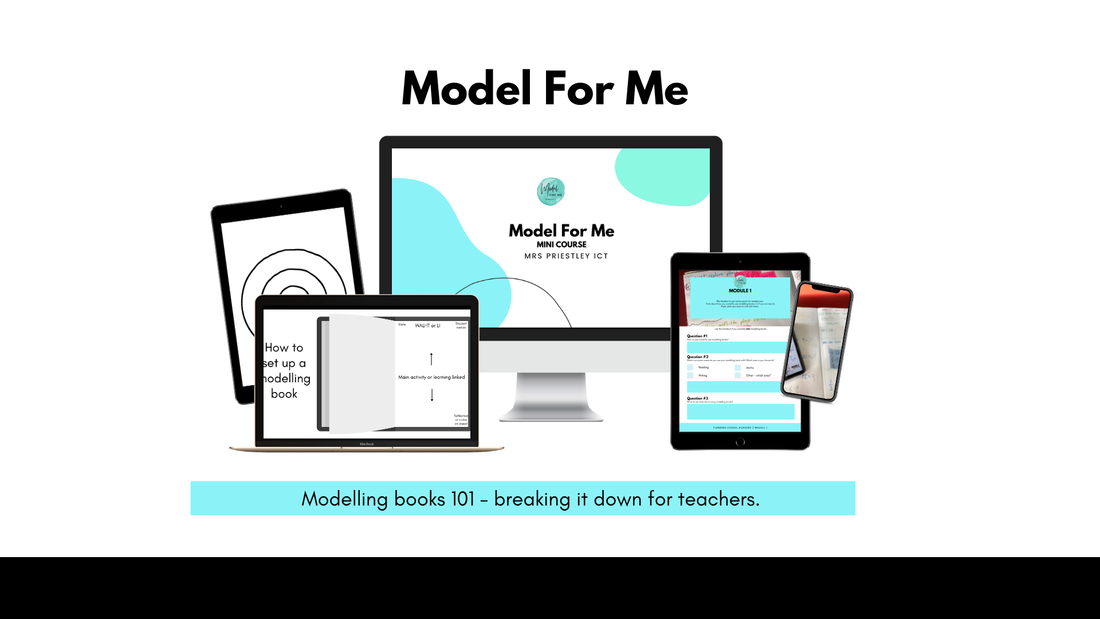
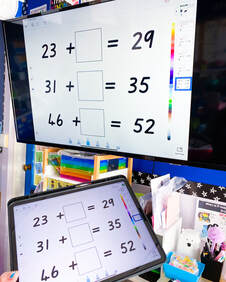
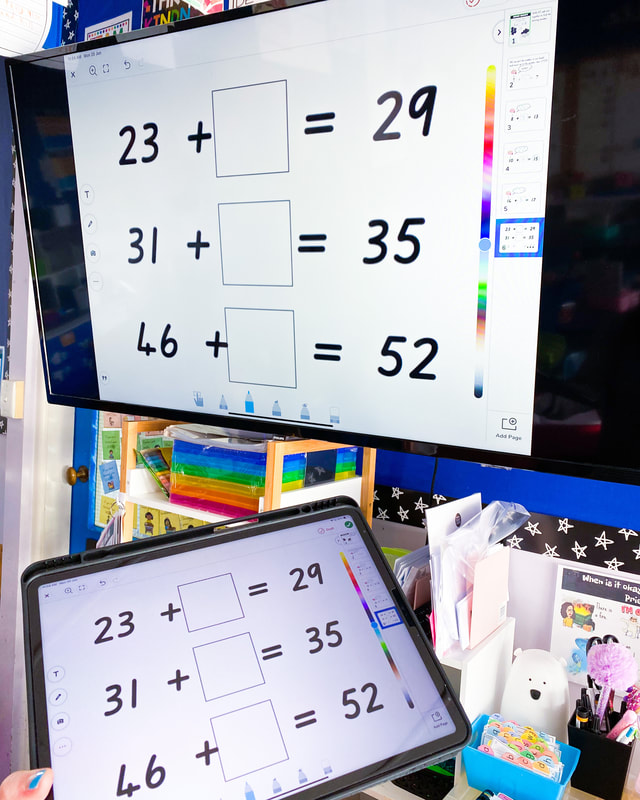
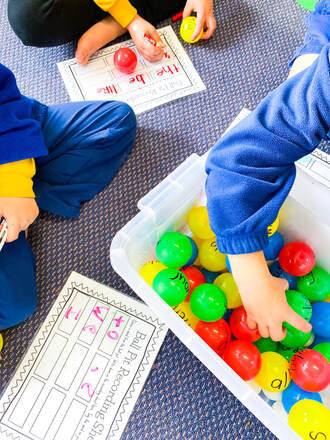
 RSS Feed
RSS Feed
